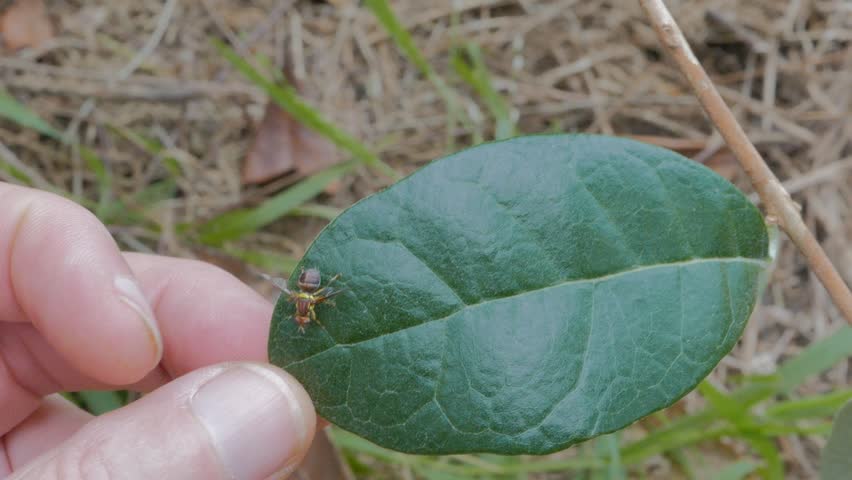WAS IT A DADDY LONG LEGS?
If I told you Daddy Long Legs were NOT spiders would you be surprised or believe it. Well it is
true, they are not spiders but belong to the order Opiliones and are more closely related to mites or
scorpions than spiders. They ARE arachnids but so too are mites, ticks, scorpions and other 8
legged creatures.
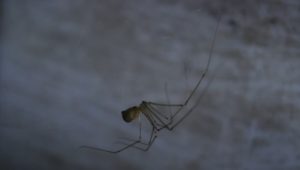
So now that Daddy Long Legs are not spiders are they still the worlds most venomous arachnids? They can pierce the skin and bite a person but don’t have harmful venom so the myth that it is the worlds most venomous spider has been proved to be false.
The Daddy Long Legs is also known as Granddaddy Long Legs or Harvestmen and get confused with the Cellar Spider which is a spindly-legged spider and are arachnids of the order Pholcidae. Another interesting fact is Daddy Long Legs don’t make webs or even make silk, their bodies are pill shaped, no “waist” as spiders have, between their body sections, they have 2 eyes not 8, can eat chunks of food, not just liquids.
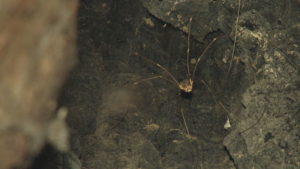
Opiliones, Daddy Long Legs, fossils have been found in rocks and sediment deposits which have dated as old and older than 400 million years and 435 million years ago it is believed Daddy Long Legs split from scorpions which means this is about 200 million years before the Dinosaurs appeared who were only around for approx. 165 million years with the Daddy Long Legs are still
here long before Dinosaurs inhabited the earth and long after the Dinosaurs have vanished. Daddy Long Legs will play dead by curling their legs in if they are disturbed and with their excellent camouflage colour they will play dead by not moving for several minutes to make sure their predator has not seen them and has gone away and they are out of danger. They live in moist dark places.
So next time you are walking in the garden or rummaging around in a dark place and come across
a Daddy Long Legs no need to panic, you are not looking at a deadly creature.


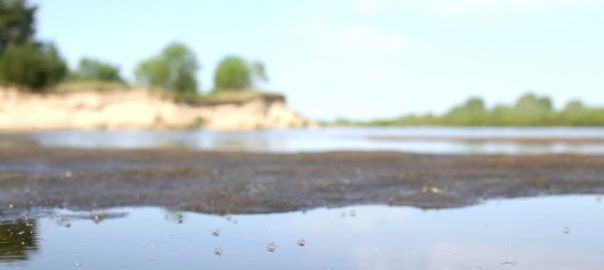
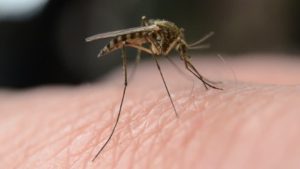

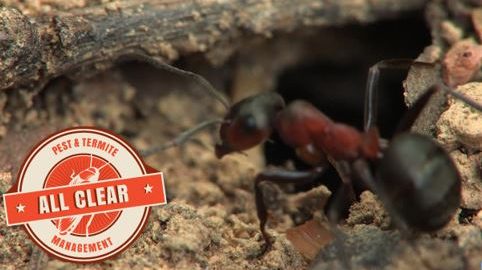



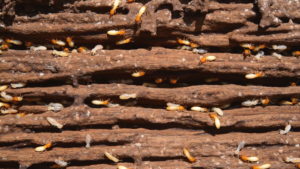 Cellulose is the basic food requirement for all termites and it is found in all types of plant-based materials. The cellulose is digested by bacteria in the gut of species in the family Termitidae. Most termite species eat grass and other ground growth and have an important role in maintaining soil fertility.The plant tissues on which termites feed contain very little protein and therefore little nitrogen but nitrogen is not contained in the protozoa bacteria. It is vital for them to conserve nitrogen and this is accomplished by consuming the excess dead or diseased colony members. Gut bacteria is also used by some termites to regulate the nitrogen in the atmosphere.
Cellulose is the basic food requirement for all termites and it is found in all types of plant-based materials. The cellulose is digested by bacteria in the gut of species in the family Termitidae. Most termite species eat grass and other ground growth and have an important role in maintaining soil fertility.The plant tissues on which termites feed contain very little protein and therefore little nitrogen but nitrogen is not contained in the protozoa bacteria. It is vital for them to conserve nitrogen and this is accomplished by consuming the excess dead or diseased colony members. Gut bacteria is also used by some termites to regulate the nitrogen in the atmosphere.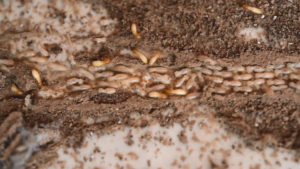

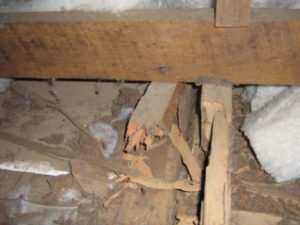
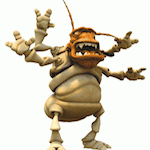



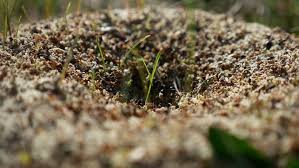
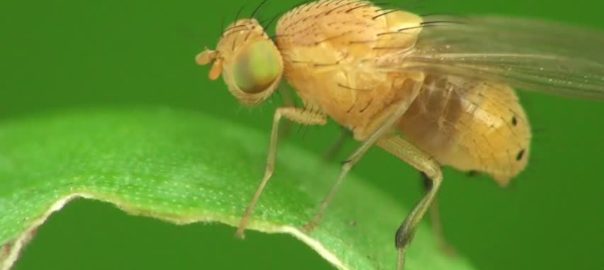
 A health contamination threat to humans and the ideal matter for the adult female fly to lay its eggs on are overripe fruit & vegetables, fermenting materials, alcohol, dirty rubbish bins, dregs of discarded milk & drink containers Eggs are laid at a rate of approx. 25-35 eggs per day.
A health contamination threat to humans and the ideal matter for the adult female fly to lay its eggs on are overripe fruit & vegetables, fermenting materials, alcohol, dirty rubbish bins, dregs of discarded milk & drink containers Eggs are laid at a rate of approx. 25-35 eggs per day.